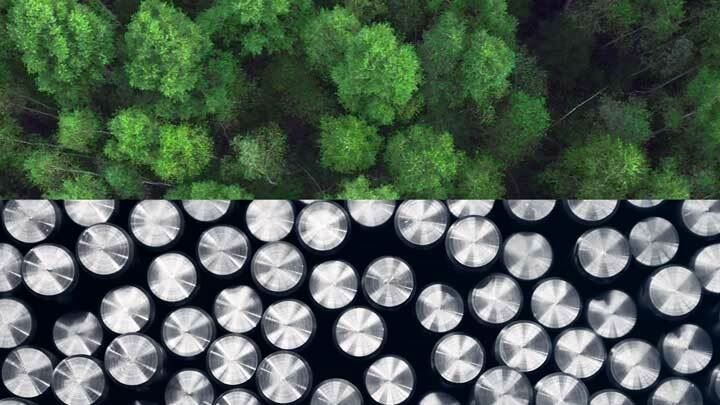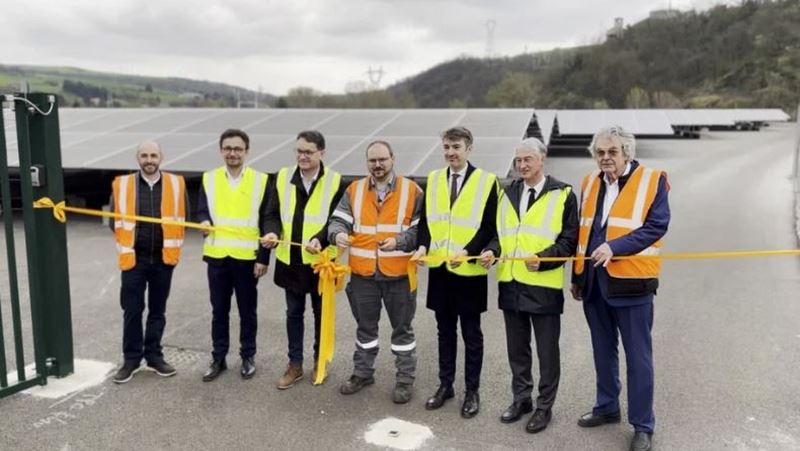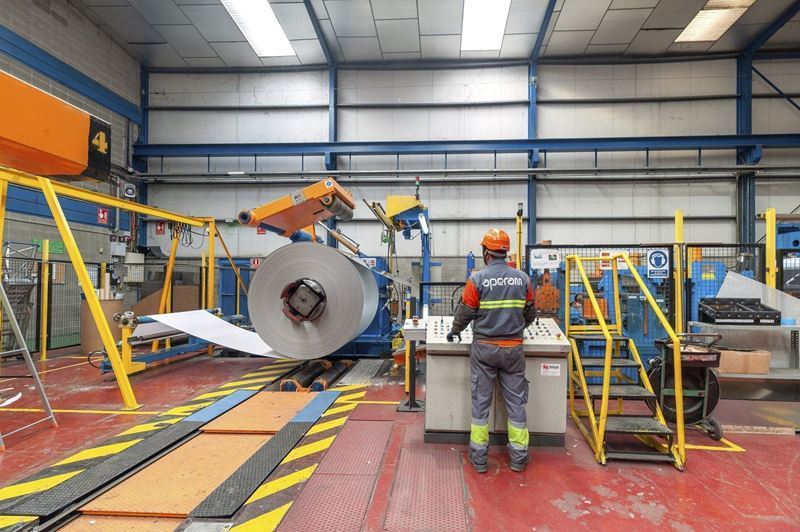The ‘Race to Green Steel’ campaign, launched earlier this year, encourages car manufacturers to use greener steel. This initiative aims to help companies develop their low-carbon steel targets and invest in new technologies.
Realising this potential depends on the industry being supported by clear and ambitious targets set by legislators. A comprehensive study by the organisation Transport & Environment (T&E) has highlighted the potential for the automotive industry to drive demand for low carbon steel in Europe.
This research is based on data from the consulting company Ricardo. According to the study, environmentally friendly production techniques such as the use of green hydrogen and scrap recycling could reduce carbon emissions from car production in Europe by 6.9 million tonnes by 2030. This presents a huge opportunity to minimise the sector's environmental footprint.
According to the report, car manufacturers can minimise the cost increase per car by using more environmentally friendly materials in their steel production. By 2030, this increase is projected to be only EUR 57 per car. In the longer term, with a complete switch to green steel by 2040, the cost difference could be reduced to just EUR 8. This shows that investments in low-carbon steel production will lead to cost benefits over time.
The European automotive sector currently consumes 17% of EU steel, making it a strategic market for low carbon steel. T&E calls on legislators to set targets to incentivise the use of more environmentally friendly steel in new vehicles from 2030 onwards. In this way, Europe could become a global leader in sustainable steel production.
It is estimated that by 2030, Europe will have the capacity to produce 172 million tonnes of low-carbon steel per year. This could more than meet the needs of the automotive sector. In addition, increasing demand for lightweight vehicles could reduce steel consumption in the sector. This is considered an important step towards a more environmentally sustainable future.









Comments
No comment yet.